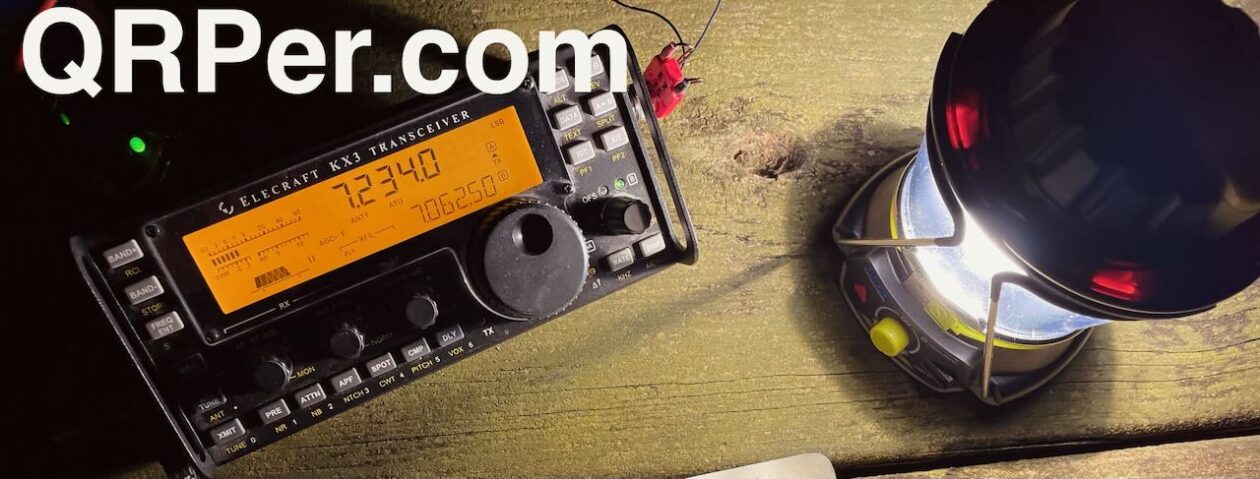by Vince (VE6LK)
(As is my usual, this article is full of hyperlinks – click on as many as you wish)
The days leading up to my first Hamvention trip were a bit scattered to say the least. While I was pretty sure I remembered everything and even documented most of my gear on Twitter, I would only discover that the bag I intended to carry my gear around in was too small once I arrived in VE3-land. The very next morning I was shopping in several big box stores trying to find the perfect bag only, hours later, to discover an Army Surplus Store across the street from my activation and after the activation concluded.


Anyways, the short summary on the shopping trip was that I figured out a way to get me through the trip without spending a fortune.
The day’s goals were to make a simple activation at a park near the family where we were visiting east of Toronto. Before travelling I scoped out POTA entities that were nearby and had not yet received a CW Activation thus putting me closer to my CW goal for the year.
I landed up at Lakefront West Park VE-1480 in Oshawa Ontario. A recreational trail winds along the waterfront of Lake Ontario about 100m away, and eight baseball diamonds are the central feature here. Given the lack of trees at the park, and that I do not have a small mast on this trip for my EFHW -although I may remedy that at Hamvention- I chose to deploy my Comet HFJ-350M with some simple ground radials. With the solar reports showing SFI 149, SSN 134, A 19 and K 2, I chose 20m as the band for the day. 5W on my KX3 into a ground mounted vertical with one each 66′ and 33′ radial wires would have to be enough.

I have the full Comet HFJ-350M kit including the bag to carry all the pieces in. I also have a ground stake from eBay that comes with a 90 degree SO-239 adapter allowing me to attach feedline on the side and the antenna on the top. Not including the ground radials, the whole kit rolls up reasonably small, about 3″ in diameter and 12″ long. Continue reading Lakefront QRP and Bags Galore!





















































